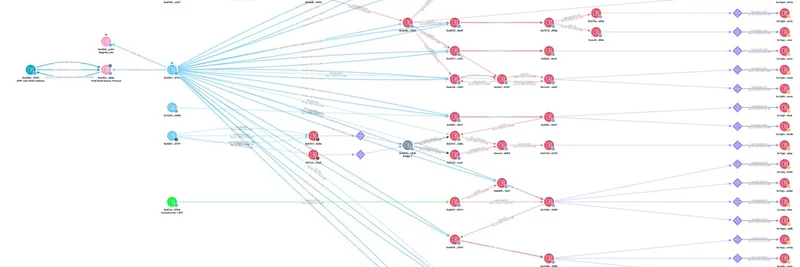In the fast-paced world of crypto, where market makers like DWF Labs play a crucial role in liquidity and token launches—including plenty of meme coins—security breaches can send shockwaves through the ecosystem. A recent thread on X by investigator @tanuki42_ has shed light on what appears to be a major unreported hack at DWF Labs back in September 2022. According to the analysis, a threat actor affiliated with North Korea's DPRK, known as AppleJeus, compromised the firm, leading to the theft of at least $44 million, mostly in stablecoins like USDC and USDT.
DWF Labs, a prominent digital asset market maker and investor often involved in pumping up meme token projects through strategic partnerships and OTC deals, hasn't publicly acknowledged the incident as of November 2025. This silence raises questions about transparency in an industry already plagued by hacks and scams. Let's dive into the details from the thread, breaking it down step by step with on-chain evidence.
The Initial Compromise and Drainage
The saga began on September 22, 2022, when an address linked to DWF Labs—0x3d67fdE4B4F5077f79D3bb8Aaa903BF5e7642751—started getting drained. Withdrawals from various exchanges poured into this address, suggesting the hackers had access to both private keys and exchange credentials. The draining went on for hours, from around 12:05 AM to 6:00 AM, with one more transaction the next day. Surprisingly, no immediate actions seemed to halt the outflow.
This kind of prolonged attack hints at a sophisticated breach, possibly involving malware or phishing—tactics AppleJeus is notorious for. For those new to the term, AppleJeus is a hacking group tied to North Korea, known for targeting crypto firms to fund state activities through stolen digital assets.
Laundering the Stolen Funds
Once in control, the hackers quickly moved the funds through the Ren Protocol bridge (now part of Garden Finance) to Bitcoin. There, the assets sat dormant for a while before some started flowing into Mixero, a custodial Bitcoin mixer used to obscure trails. AppleJeus has a history with Ren/Garden for cross-chain transfers, and funds from this hack have mingled with those from other incidents like Deribit, Tower Capital, and Radiant.
This laundering technique is common in crypto thefts, where bridges and mixers help hackers convert traceable tokens into harder-to-follow BTC.
Linking the Address to DWF Labs
How do we know this address belongs to DWF? On-chain payments tell the story. Before the hack, the address sent funds to Yield Guild Games (YGG) treasury for an OTC token sale. YGG tokens then went to a publicly labeled DWF Labs address. Similarly, on September 15, 2022, it paid Magnify Cash (formerly NFTY Finance) treasury—the same day DWF announced a strategic partnership with them.
These connections paint a clear picture: the hacked wallet was integral to DWF's operations, handling deals that could involve meme tokens and other altcoins.
Remaining Unspent Funds and Additional Addresses
The thread also highlights several large BTC pots still unspent, now worth over $30 million:
- bc1qvp865hs7g529t005s9wtd6xktz5kfq89nlffv9fpvhsexkl37d6s3evcrn
- bc1qv5qxa9uhca2s8f32vscjyhqs69gulaskpyfxnh03ja4jcuuq70lq4rde5y
- bc1qvz6q4v86tg5p6nq7v9k3t62d88ypjq9qmkjyp9gley2426d856vqheu9es
- bc1qw0xa8vf3kpl72qtpdnzv29r5k0madqdppzuhfqmaa8wyjurvm62qc7sh2p
- bc1qv8g2h4lpkd2y7ll70m3gzdgnv9rxct8vht4nwytt9gcazww789wqf7l342
For blockchain sleuths, @tanuki42_ shared more compromised and theft addresses, crediting @zachxbt for a TRM Labs screenshot used in the thread.
Implications for the Meme Token Ecosystem
DWF Labs has been a big player in the meme coin space, providing liquidity and investments to hype up projects. If this hack is confirmed, it could explain some market behaviors or delays in their operations around that time. For meme token enthusiasts and blockchain practitioners, this serves as a stark reminder: even major market makers aren't immune to state-sponsored threats. Always DYOR (do your own research) and stay vigilant about security practices.
Fellow investigator @zachxbt chimed in on the thread, noting he wasn't surprised by DWF potentially hiding the hack, drawing parallels to other controversial players like FTX's Alameda. This adds to the ongoing discourse about accountability in crypto.
If you're deep into meme tokens, keep an eye on how such incidents might affect liquidity providers and token prices. For more insights on crypto security and meme coin trends, stick around at Meme Insider. What's your take on this—could this impact your favorite memecoins?


